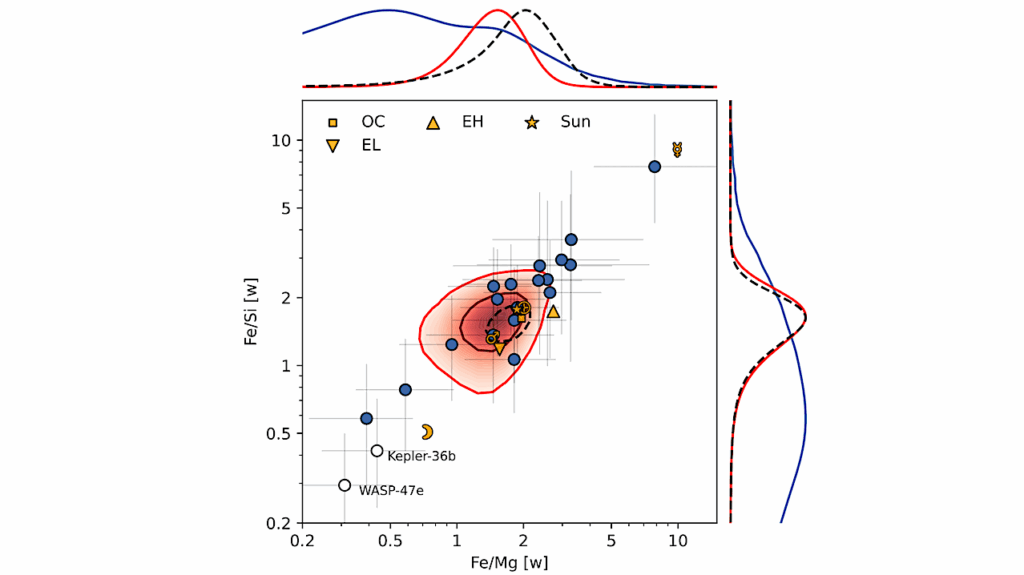Optimal Measures for Characterizing Water-rich Super-Earths

The detection and atmospheric characterization of super-Earths is one of the major frontiers of exoplanetary science. Currently, extensive efforts are underway to detect molecules, particularly H2O, in super-Earth atmospheres.
In the present work, we develop a systematic set of strategies to identify and observe potentially H2O-rich super-Earths that provide the best prospects for characterizing their atmospheres using existing instruments. Firstly, we provide analytic prescriptions and discuss factors that need to be taken into account while planning and interpreting observations of super-Earth radii and spectra. We discuss how observations in different spectral bandpasses constrain different atmospheric properties of a super-Earth, including radius and temperature of the planetary surface as well as the mean molecular mass, the chemical composition and thermal profile of the atmosphere. In particular, we caution that radii measured in certain bandpasses can induce biases in the interpretation of the interior compositions.
Secondly, we investigate the detectability of H2O-rich super-Earth atmospheres using the HST WFC3 spectrograph as a function of the planetary properties and stellar brightness. We find that highly irradiated super-Earths orbiting bright stars, such as 55 Cancri e, present better candidates for atmospheric characterization compared to cooler planets such as GJ 1214b even if the latter orbit lower-mass stars. Besides being better candidates for both transmission and emission spectroscopy, hotter planets offer higher likelihood of cloud-free atmospheres which aid tremendously in the observation and interpretation of spectra. Finally, we present case studies of two super-Earths, GJ 1214b and 55 Cancri e, using available data and models of their interiors and atmospheres.
Nikku Madhusudhan (IoA, Cambridge), Seth Redfield (Wesleyan Univ.) (Submitted on 15 Sep 2014)
Comments: Accepted for publication in The International Journal of Astrobiology, Special Issue on Exoplanets
Subjects: Earth and Planetary Astrophysics (astro-ph.EP)
Cite as: arXiv:1409.4459 [astro-ph.EP] (or arXiv:1409.4459v1 [astro-ph.EP] for this version) Submission history
From: Madhusudhan Nikku [v1] Mon, 15 Sep 2014 21:55:47 GMT (267kb)








